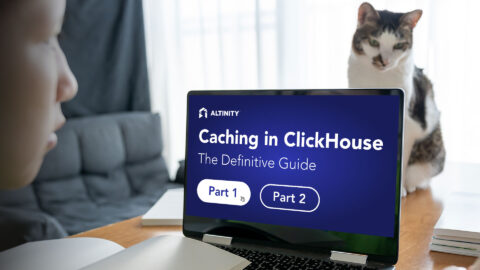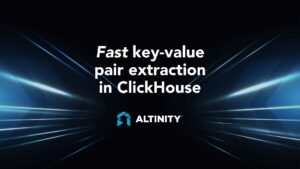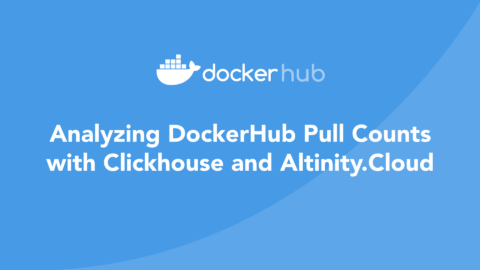Into the Deep End: Learning SQL by Taking On Project Euler Puzzles (Part 2)
We continue learning SQL by solving math puzzles from Project Euler. This article shows how to extend ClickHouse capabilities with a user defined function (UDF) written in C++.










![[Joint-Webinar] How to Build Fast, Scalable Application Monitoring using Open Source](https://altinity.com/wp-content/uploads/2023/01/Product-Webinar-Jan-241-480x270.png)
![[Webinar] Own your ClickHouse® data with Altinity.Cloud Anywhere](https://altinity.com/wp-content/uploads/2022/12/Product-Webinar-Jan-17-480x270.png)